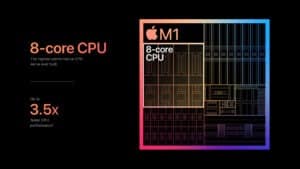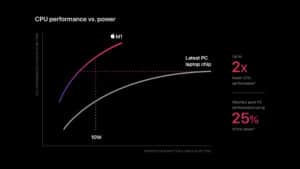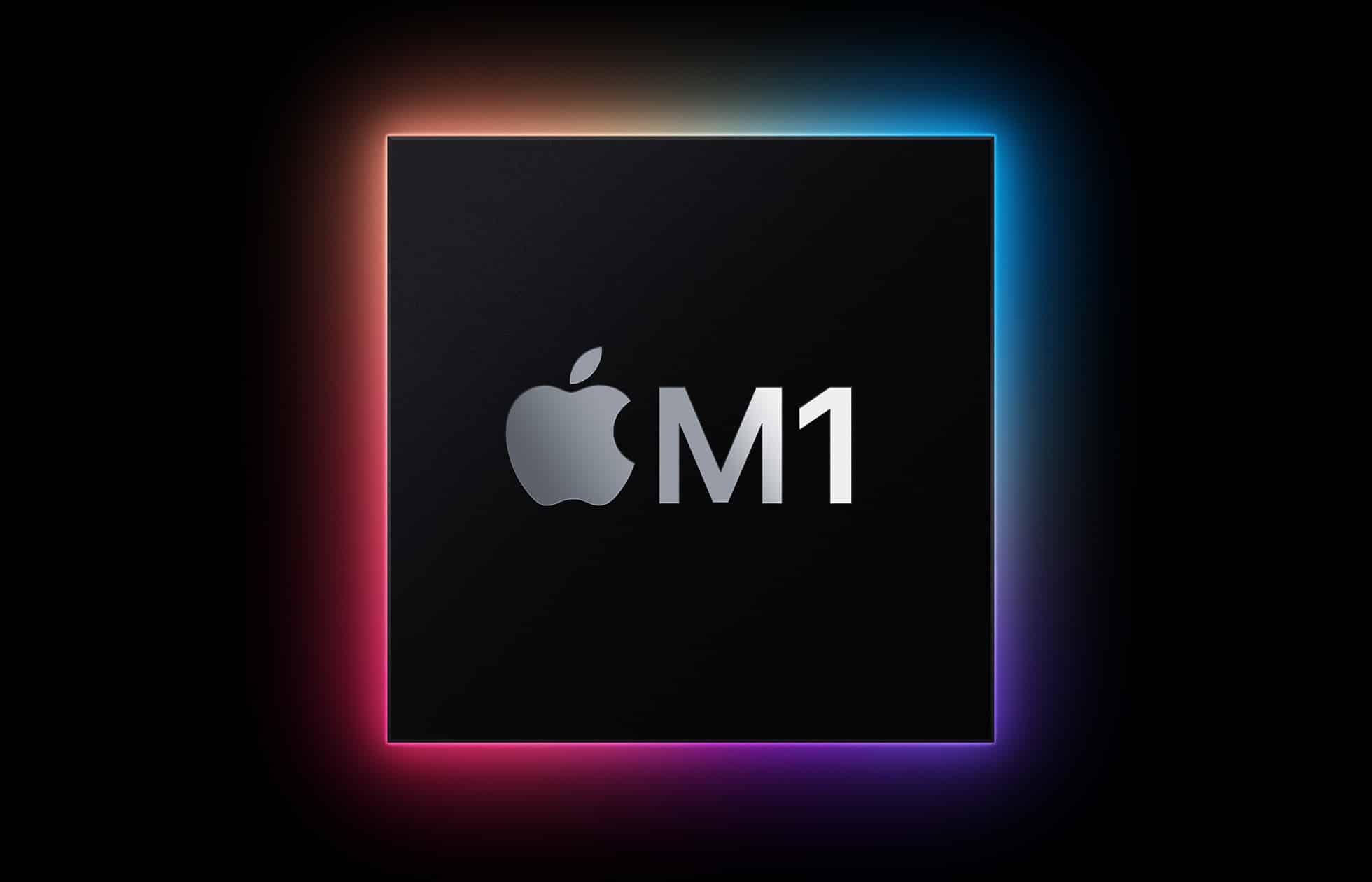Intel chip vs Apple M1 chips
The comparison between Intel processors (chips) and Apple’s M1 Chips or M1 Pro/M1 Max chips (often referred to as “M2” for simplicity) involves several factors that can vary based on specific use cases and requirements. Here are some key points to consider:
Architecture and Performance: Intel processors have long been the dominant choice in the PC market and are based on x86 architecture. They offer a wide range of options, including various cores, clock speeds, and power consumption levels to cater to different performance needs. Intel processors are known for their versatility and compatibility with a wide range of software applications.
Apple’s M-series chips, based on ARM architecture, are a departure from the traditional x86 architecture. ARM architecture is known for its power efficiency and is commonly used in mobile devices. Apple’s M1 and subsequent M-series chips have showcased impressive performance benchmarks, especially in tasks optimized for ARM architecture and Apple’s ecosystem. They excel in power efficiency and thermal management, leading to longer battery life on devices like MacBooks.

Power Efficiency and Battery Life: One of the key advantages of Apple’s M-series chips is their power efficiency. By designing its own silicon, Apple can optimize the performance and power consumption of its devices. The M1 chip, for instance, has been highly praised for delivering high performance while consuming less power compared to certain Intel processors. This power efficiency translates into longer battery life, making Apple’s M-series devices ideal for users who prioritize portability and extended use without frequent charging. To know more about Apple M1 chip please visit: This site

Software and Compatibility: One crucial aspect to consider is software compatibility. Intel processors have been the industry standard for a long time, and most software, especially legacy or niche applications, are built to run on x86 architecture. As Apple’s M-series chips are based on ARM architecture, software needs to be optimized or emulated to run efficiently.
Apple has made significant strides in this area by transitioning many of its own software applications, including macOS, to work natively on M-series chips. Additionally, Apple provides a Rosetta 2 translation layer that allows some x86-based software to run on M-series chips. However, there may still be some third-party applications that require updates or optimizations to run optimally on ARM architecture. It’s important to check the compatibility of specific software applications before considering a device with an M-series chip.
Ecosystem Integration: Apple’s M-series chips are tightly integrated with their macOS operating system and the broader Apple ecosystem. This integration allows for seamless communication between hardware and software components, resulting in optimized performance, enhanced security features, and unique capabilities.
For example, the M1 chip introduced a unified memory architecture that enables fast and efficient data sharing between the CPU, GPU, and other components. This integration also incorporates Apple’s Neural Engine, a dedicated hardware accelerator for machine learning tasks, which provides impressive performance gains for AI-related workloads.
Availability and Options: Intel processors offer a wide range of options, spanning from entry-level to high-performance CPUs, which cater to different budgets and performance requirements. Intel processors are available in various form factors, allowing users to choose from laptops, desktops, workstations, and servers from a wide range of manufacturers.
Apple’s M-series chips, on the other hand, are currently limited to Apple’s own devices, such as MacBooks and iMacs. This exclusivity gives Apple complete control over the hardware and software integration, enabling them to optimize the user experience within their ecosystem. However, the availability of M-series chips in other non-Apple devices remains uncertain.
Conclusion: the comparison between Intel processors and Apple’s M-series chips involves considering factors such as architecture, performance, power efficiency, software compatibility, ecosystem integration, and availability. Intel processors offer versatility, compatibility, and a wide range of options, while Apple’s M-series chips showcase impressive power efficiency, strong integration with macOS, and optimized performance within the Apple ecosystem. Ultimately, the choice between the two depends on individual requirements, including specific.
We are experts in repairing Apple MacBook, iMac, and MacMiNi with M1 chips. Book an appointment by click here


